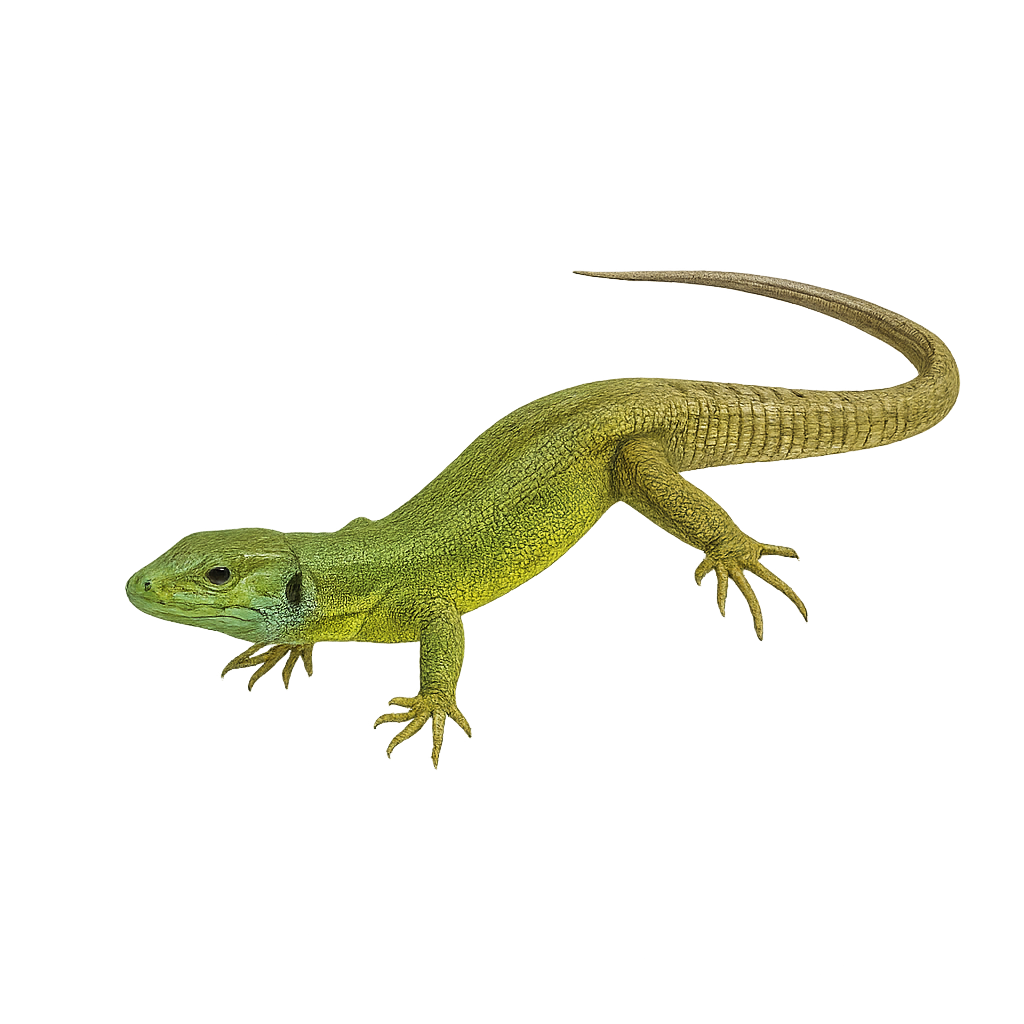Your wildlife photography guide.
Explore the balkan green lizard in detail, study its behavior, prepare your shots.
Where to observe and photograph the balkan green lizard in the wild
Learn where and when to spot the balkan green lizard in the wild, how to identify the species based on distinctive features, and what natural environments it inhabits. The WildlifePhotographer app offers tailored photography tips that reflect the balkan green lizard’s behavior, helping you capture better wildlife images. Explore the full species profile for key information including description, habitat, active periods, and approach techniques.
Balkan Green Lizard
Scientific name: Lacerta trilineata

IUCN Status: Least Concern
Family: LACERTIDAE
Group: Reptiles
Sensitivity to human approach: Suspicious
Minimum approach distance: 3 m
Reproduction period: May to June
Incubation: 60–70 jours
Births: May to June
Habitat:
meadows, scrublands, rocky areas
Activity period :
Active during the day when temperatures are favorable, often seen basking in the sun.
Identification and description:
The Balkan Green Lizard, Lacerta trilineata, is a striking reptile known for its size and vibrant coloration. It can grow up to 40 cm in length, including its tail. Typically green, with shades of brown or yellow, it features three lighter longitudinal stripes, giving it its name. Found mainly in the Balkans and parts of Greece, it favors open, sunny habitats like meadows, scrublands, and rocky areas. Diurnal by nature, it primarily feeds on insects and other small invertebrates. Although relatively common within its range, habitat destruction poses a threat to its population.
Recommended lens:
Macro – adjust based on distance, desired framing (portrait or habitat), and approach conditions.
Photography tips:
To photograph the Balkan Green Lizard, choose sunny days when these reptiles are most active. Use a macro lens to capture the details of their skin and vibrant colors. Approach slowly to avoid scaring them, maintaining a safe distance of about 3 meters. Opt for early morning or late afternoon hours to benefit from soft, natural light. Be patient and wait for them to settle on a rock or branch for a sharp and well-framed shot.
The WildlifePhotographer App is coming soon!
Be the first to explore the best nature spots, track rutting seasons, log your observations, and observe more wildlife.
Already 1 428 wildlife lovers subscribed worldwide

